Home>Garden Essentials>When Do Dandelions Seed
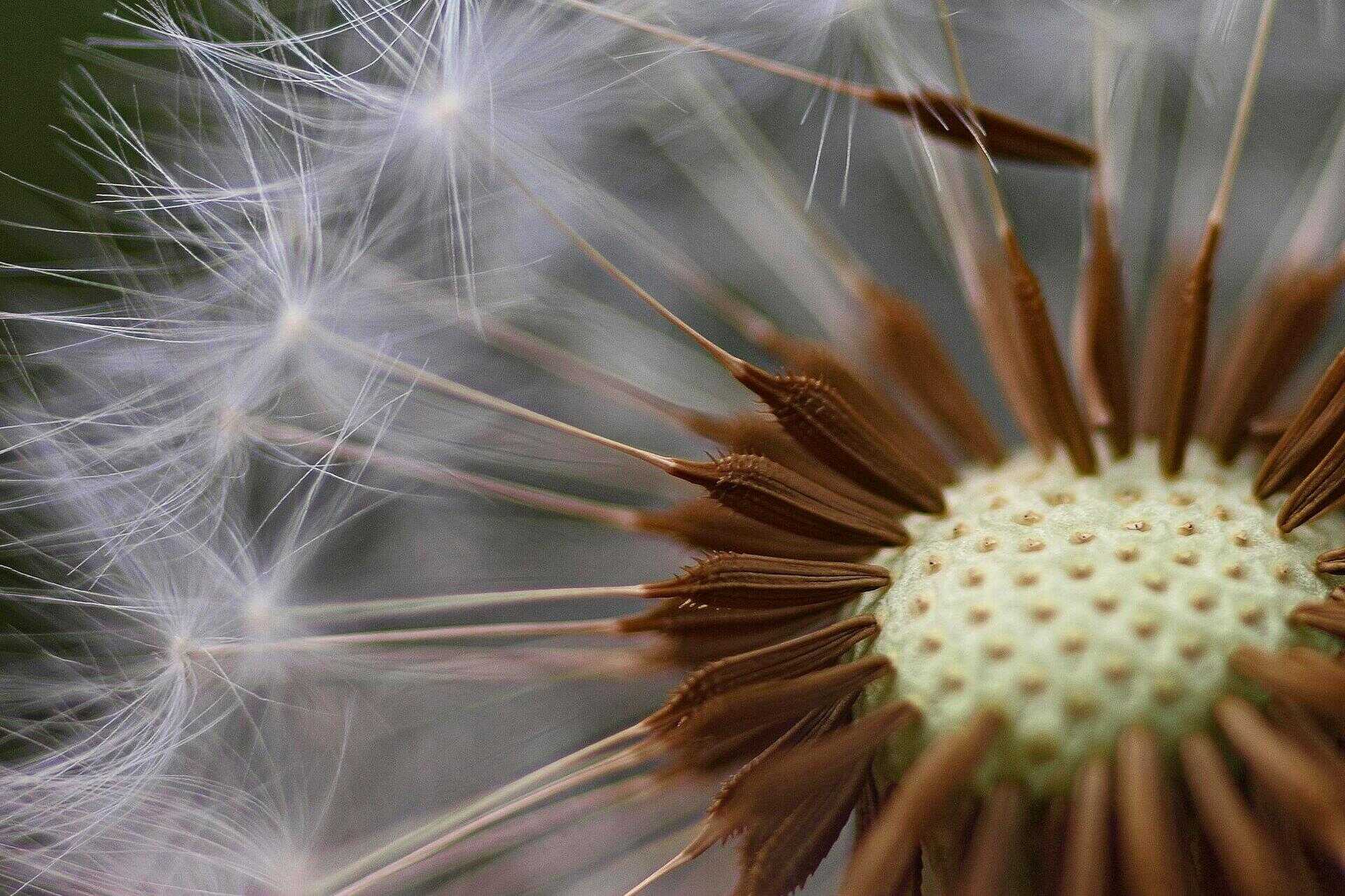

Garden Essentials
When Do Dandelions Seed
Modified: March 15, 2024
Find out the ideal time to let dandelions seed in your garden and ensure a healthy growth. Explore expert tips and advice for growing dandelions.
(Many of the links in this article redirect to a specific reviewed product. Your purchase of these products through affiliate links helps to generate commission for Storables.com, at no extra cost. Learn more)
Introduction
Welcome to the fascinating world of dandelions! While many people view them as pesky weeds, dandelions actually have a unique reproductive strategy that is worth exploring. In this article, we will delve into the intriguing process of dandelion seed production and dispersion.
Dandelions are perennial plants that belong to the Asteraceae family. They can be found in various habitats worldwide, including meadows, lawns, and gardens. These resilient plants have developed remarkable adaptations to ensure their survival and spread.
Understanding when dandelions seed is crucial to managing their growth and controlling their spread. By gaining insights into the factors that influence seed production, dispersal timing, and germination conditions, we can make informed decisions about how to deal with these proliferating plants.
So, let’s dig deeper and explore the fascinating world of dandelions and their seed production!
Key Takeaways:
- Dandelion seeds spread through wind, animals, and water. They have benefits like supporting ecosystems and cultural significance, but can also be invasive and impact aesthetics.
- Understanding dandelion seed production and dispersal helps manage their spread. Factors like sunlight, water, and competition influence their abundance, and timing is crucial for control.
Read more: When Do Dandelions Germinate
Factors Affecting Dandelion Seed Production
The production of dandelion seeds is influenced by several key factors. By understanding these factors, we can gain insights into the abundance and dispersal potential of these seeds. Let’s take a closer look:
- Sunlight: Dandelions thrive in sunny areas, and exposure to sunlight plays a crucial role in seed production. The more sunlight a dandelion plant receives, the more energy it can allocate towards seed production.
- Soil Nutrients: Like any plant, dandelions require sufficient nutrients for optimal growth and seed production. Rich soil with a balanced nutrient composition promotes healthy plant development and ultimately leads to higher seed production.
- Water Availability: Adequate water supply is essential for dandelion seed production. Insufficient water can hinder flower development and reduce seed production. However, excessive moisture, such as in waterlogged soil, can also impact seed production negatively.
- Pollination: Dandelions employ a unique method of pollination known as apomixis, which enables them to produce seeds without the need for fertilization. However, the transfer of pollen is still necessary for seed development. Bees, butterflies, and other pollinators play a significant role in facilitating the pollination process for dandelions.
- Competition: The presence of other plants in close proximity to dandelions can influence seed production. Intense competition for resources, such as sunlight, water, and nutrients, may result in reduced seed production for dandelions.
By considering these factors, we can better understand why dandelions might be more abundant in certain areas and during specific times of the year. Understanding the factors that affect seed production helps us develop strategies for managing and controlling the spread of dandelions.
Timing of Dandelion Seed Dispersion
The timing of dandelion seed dispersion is a critical aspect of their reproductive strategy. Understanding when dandelions disperse their seeds can provide valuable insights into their life cycle and aid in their management. Let’s explore the timing of dandelion seed dispersion:
Dandelion plants typically go through several stages of development before they are ready to release their seeds. These stages include the formation of the flower head, pollination, and seed maturation. The exact timing of each stage can vary depending on environmental conditions and geographical location.
Once the dandelion flower matures and is pollinated, it begins the process of seed production. After successful pollination, the flower head transforms into the iconic white fluffy ‘puffball’ structure known as a seed head.
The dispersal of dandelion seeds occurs when the fluffy seed head reaches maturity. This is commonly marked by the transformation of the white puffball into a greyish or brownish color. At this point, the seeds are fully developed and ready to be released into the environment.
One of the most notable characteristics of dandelions is their mechanism of seed dispersal. When the seed head is disturbed by the wind or by human interaction, the seeds are released from their perch. The design of the fluffy seed head enables wind to carry the seeds over long distances, aiding in their dispersal.
The timing of dandelion seed dispersion is often in late spring or early summer, although this can vary depending on location and climate. Factors such as temperature, precipitation, and photoperiod can influence the exact timing of seed dispersion.
Understanding the timing of dandelion seed dispersion is crucial for managing their spread. By identifying when the majority of seed dispersal occurs, we can implement strategies to prevent or control the spread of dandelions, minimizing their impact on lawns, gardens, and other areas.
So, keep an eye out for those fluffy white puffballs during late spring and early summer, as they signify the dispersal of dandelion seeds and the beginning of their journey to new locations.
Environmental Conditions for Dandelion Seed Germination
For dandelion seeds to successfully germinate and establish new plants, specific environmental conditions must be met. These conditions play a crucial role in determining the germination success rate and the growth of dandelion seedlings. Let’s explore the environmental conditions required for dandelion seed germination:
Temperature: Dandelion seeds require favorable temperature conditions to initiate germination. The optimal temperature range for dandelion seed germination is between 15°C – 25°C (59°F – 77°F). Seeds exposed to temperatures below or above this range may experience delayed or inhibited germination.
Moisture: Adequate moisture is essential for dandelion seed germination. The seeds need to be in contact with moist soil to absorb water and stimulate the germination process. However, excessive moisture or waterlogging can lead to poor germination rates and the development of fungal diseases in the seedlings.
Lights: Dandelion seeds can germinate under a wide range of light conditions, including both sunlight and shade. However, exposure to light can stimulate faster germination compared to seeds kept in darkness. This is because light acts as a signal to trigger certain physiological processes in the seeds.
Soil Conditions: Dandelion seeds prefer loose and well-drained soil for successful germination. Compacted or overly wet soil can hinder seedling growth and establishment. Additionally, dandelion seeds can tolerate a variety of soil pH levels but tend to thrive in slightly acidic to neutral conditions.
Competition: Dandelion seeds have a unique advantage when it comes to competition. They can germinate and establish in areas where other plants struggle, thanks to their ability to adapt to different soil conditions and compete for limited resources. This adaptability allows dandelions to thrive in various environments.
By understanding the specific environmental conditions required for dandelion seed germination, we can better manage and control their spread. Implementing appropriate measures such as adjusting watering schedules, improving soil drainage, and maintaining a balanced pH level can help create conditions less favorable for dandelion seed germination.
Keep in mind that dandelion seeds can remain dormant in the soil for extended periods, sometimes even years. This dormancy ensures their survival and gives them the opportunity to germinate when conditions become favorable.
So, the next time you encounter a patch of freshly disturbed soil, keep in mind that it could be the perfect opportunity for dandelion seeds to germinate and establish their presence.
Dandelions seed in late spring to early summer, when the flowers have turned into fluffy white seed heads. To prevent spreading, remove the seed heads before they mature.
Mechanisms of Dandelion Seed Dispersal
Dandelions have evolved fascinating mechanisms for the dispersal of their seeds. These mechanisms ensure the widespread distribution of dandelion seeds, allowing them to colonize new areas and thrive. Let’s explore the different ways in which dandelion seeds are dispersed:
Wind Dispersal: Wind dispersal is the primary mechanism by which dandelion seeds travel long distances. The characteristic fluffy structure of the dandelion seed head, known as a pappus, acts as a parachute. When the seed head is disturbed, such as by wind or human interaction, the pappus catches the wind, carrying the seeds away from the parent plant. This ingenious adaptation aids in the widespread dispersal of dandelion seeds.
Animal Dispersal: While wind is the main agent of seed dispersal for dandelions, animals can also contribute to their spread. Small mammals, such as mice and squirrels, may inadvertently carry dandelion seeds on their fur, spreading them as they move around. Additionally, birds may consume dandelion seeds and excrete them in new locations, providing a means of dispersal.
Water Dispersal: Dandelion seeds can also be dispersed by water, although this mechanism is less common compared to wind dispersal. If dandelion seeds are present near bodies of water, such as rivers or streams, they can be carried away by the flow of water. This method can lead to the establishment of dandelion populations in new areas, particularly along waterways.
Self-Dispersal: Dandelions have a unique ability to self-disperse their seeds. When the seed head reaches maturity, it gradually dries out and becomes more fragile. As a result, even the slightest disturbance, such as a light breeze or touch, can cause the seeds to detach from the plant and fall to the ground below. This self-dispersal mechanism ensures that dandelion seeds are released close to the parent plant, allowing for localized colonization.
Overall, the mechanisms of dandelion seed dispersal ensure their survival and enable them to occupy diverse habitats. Whether it’s through wind, animals, water, or self-dispersal, dandelion seeds have evolved effective strategies to reach new locations and establish themselves.
Understanding these dispersal mechanisms can help us develop strategies for managing and controlling the spread of dandelions. By targeting areas with high wind exposure, preventing the introduction of dandelion-infested materials, and minimizing disturbances that trigger self-dispersal, we can limit the expansion of dandelion populations in desired areas.
Next time you see a dandelion seed floating gracefully in the wind, marvel at its adaptive capabilities and recognize the role it plays in the ongoing life cycle of dandelions.
Read more: When Do Dandelions Germinate In Michigan
Benefits and Concerns of Dandelion Seed Spread
The spread of dandelion seeds has both benefits and concerns, depending on the context and perspective. Let’s explore the positive and negative aspects of dandelion seed spread:
Benefits:
- Ecosystem Support: Dandelions play a crucial role in supporting ecosystems. Their flowers provide a valuable nectar source for bees, butterflies, and other pollinators, contributing to pollination and biodiversity.
- Soil Improvement: As dandelions grow, they help improve soil quality by breaking up compacted soil with their long taproots. These taproots can penetrate deep into the soil, loosening it and improving its drainage and aeration.
- Edible and Medicinal Uses: Dandelions have a long history of culinary and medicinal uses. The leaves can be used in salads, while the roots can be brewed into herbal teas. They are also rich in vitamins, minerals, and antioxidants, offering potential health benefits.
- Cultural Significance: Dandelions have cultural significance in various societies and folklore. They are a symbol of resilience, adaptability, and transformation. In some cultures, blowing the seeds off a dandelion clock is believed to grant wishes.
Concerns:
- Invasive Nature: Dandelions have a reputation for being invasive weeds in many cultivated landscapes. Their ability to quickly colonize areas and compete with native plants for resources can disrupt ecosystems and impact biodiversity.
- Impact on Aesthetics: The yellow blooms and fluffy seed heads of dandelions can be considered unsightly in certain settings, such as well-manicured lawns and gardens. Their prolific seed production and easy dispersal contribute to their rapid spread and perceived invasiveness.
- Competition with Desired Plants: Dandelions can compete with desired plants for resources, including sunlight, water, and nutrients. This can hinder the growth and development of other plants, especially in agricultural fields and home gardens.
- Allergies and Health Concerns: Some people may experience allergies or respiratory issues due to dandelion pollen. Additionally, dandelions may harbor pests, such as aphids, which can affect nearby plants.
It’s important to strike a balance between recognizing the ecological benefits of dandelions and understanding the concerns associated with their spread. Different management strategies can be employed to minimize the negative impacts while still embracing the positive aspects of dandelions.
For those who wish to control the spread of dandelions, techniques such as regular mowing, hand-pulling, or the targeted use of herbicides can be employed. However, it’s important to be mindful of the potential impact on pollinators and the surrounding ecosystem.
Ultimately, dandelion seed spread presents a complex mix of benefits and concerns, highlighting the need for thoughtful management approaches that consider both ecological balance and human preferences.
Conclusion
Dandelions, despite being commonly dismissed as pesky weeds, possess remarkable adaptations that contribute to their successful reproduction and widespread dissemination. Understanding the various aspects of dandelion seed production and dispersal provides insights into their life cycle and highlights the importance of effective management strategies.
Factor such as sunlight, soil nutrients, water availability, pollination, and competition influence dandelion seed production. By considering these factors, we can better understand why dandelions are more abundant in certain areas and during specific times of the year.
The timing of dandelion seed dispersion is crucial for managing their spread. Late spring and early summer are typically the prime periods for dandelion seed dispersal. Being aware of this timing allows us to take necessary measures to prevent or control their proliferation.
The environmental conditions required for dandelion seed germination involve temperature, moisture, light, and soil quality. Understanding these conditions enables us to create strategies for managing dandelion populations by altering the environment to make it less favorable for germination.
Mechanisms of dandelion seed dispersal, including wind, animals, water, and self-dispersal, ensure their widespread distribution. These mechanisms have allowed dandelions to colonize diverse habitats and adapt to varying environmental conditions.
The spread of dandelion seeds has both benefits and concerns. Dandelions support ecosystems, improve soil quality, and have cultural and culinary significance. However, they can be invasive, impact aesthetics, compete with desired plants, and pose allergies and health concerns. Striking a balance between recognizing the benefits and addressing the concerns is key to effectively managing dandelion spread.
In conclusion, dandelions are much more than mere weeds. Their unique reproductive strategies, seed dispersal mechanisms, and adaptability showcase the marvels of nature’s resilience. By understanding and managing the factors affecting their seed production, timing of dispersal, environmental conditions for germination, and the potential benefits and concerns of their spread, we can curate a landscape that balances their ecological contributions while addressing the challenges they may pose. So, let us appreciate the beauty and intricacies of dandelions while also taking the necessary steps to manage their spread sustainably.
Frequently Asked Questions about When Do Dandelions Seed
Was this page helpful?
At Storables.com, we guarantee accurate and reliable information. Our content, validated by Expert Board Contributors, is crafted following stringent Editorial Policies. We're committed to providing you with well-researched, expert-backed insights for all your informational needs.
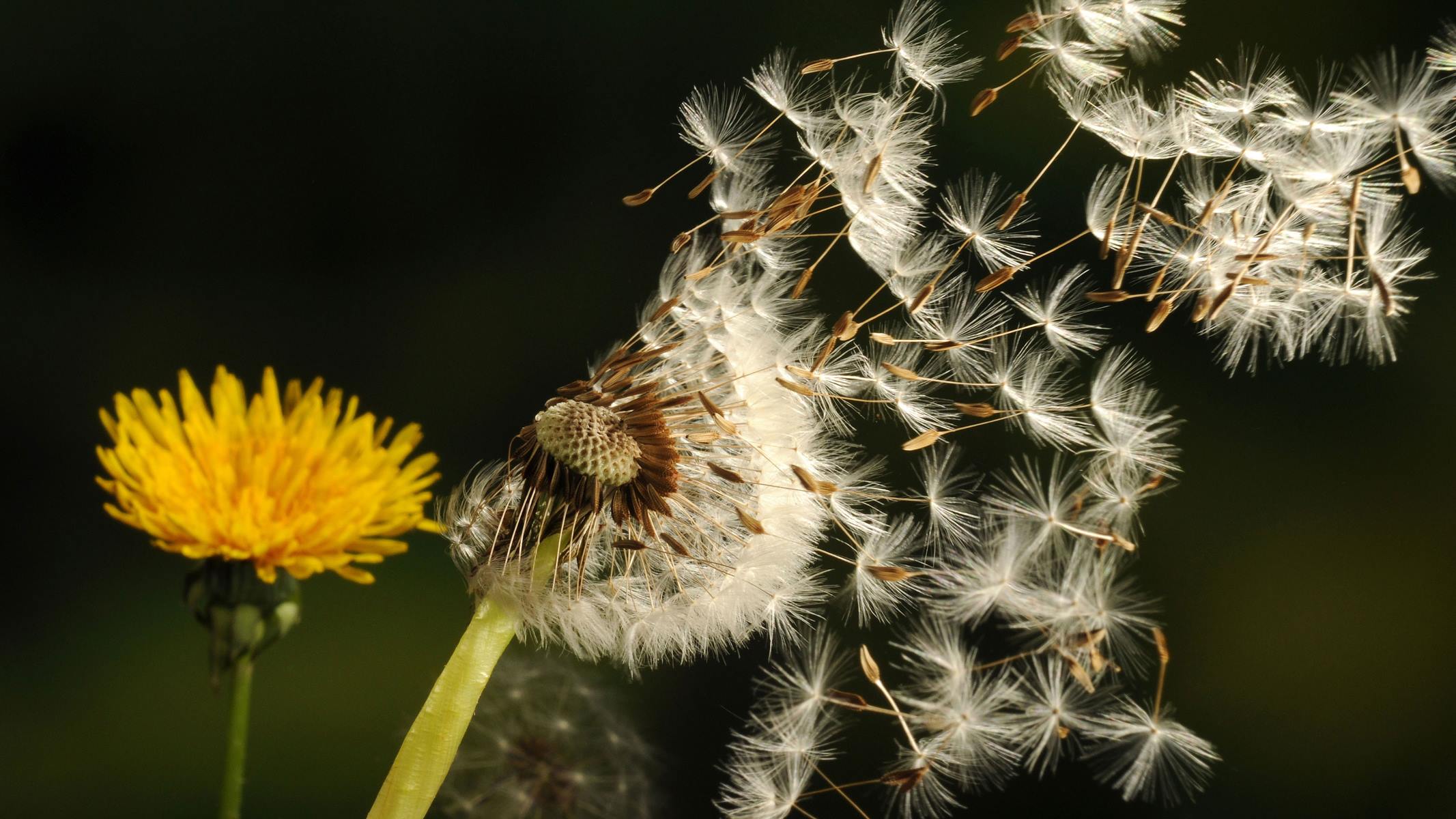
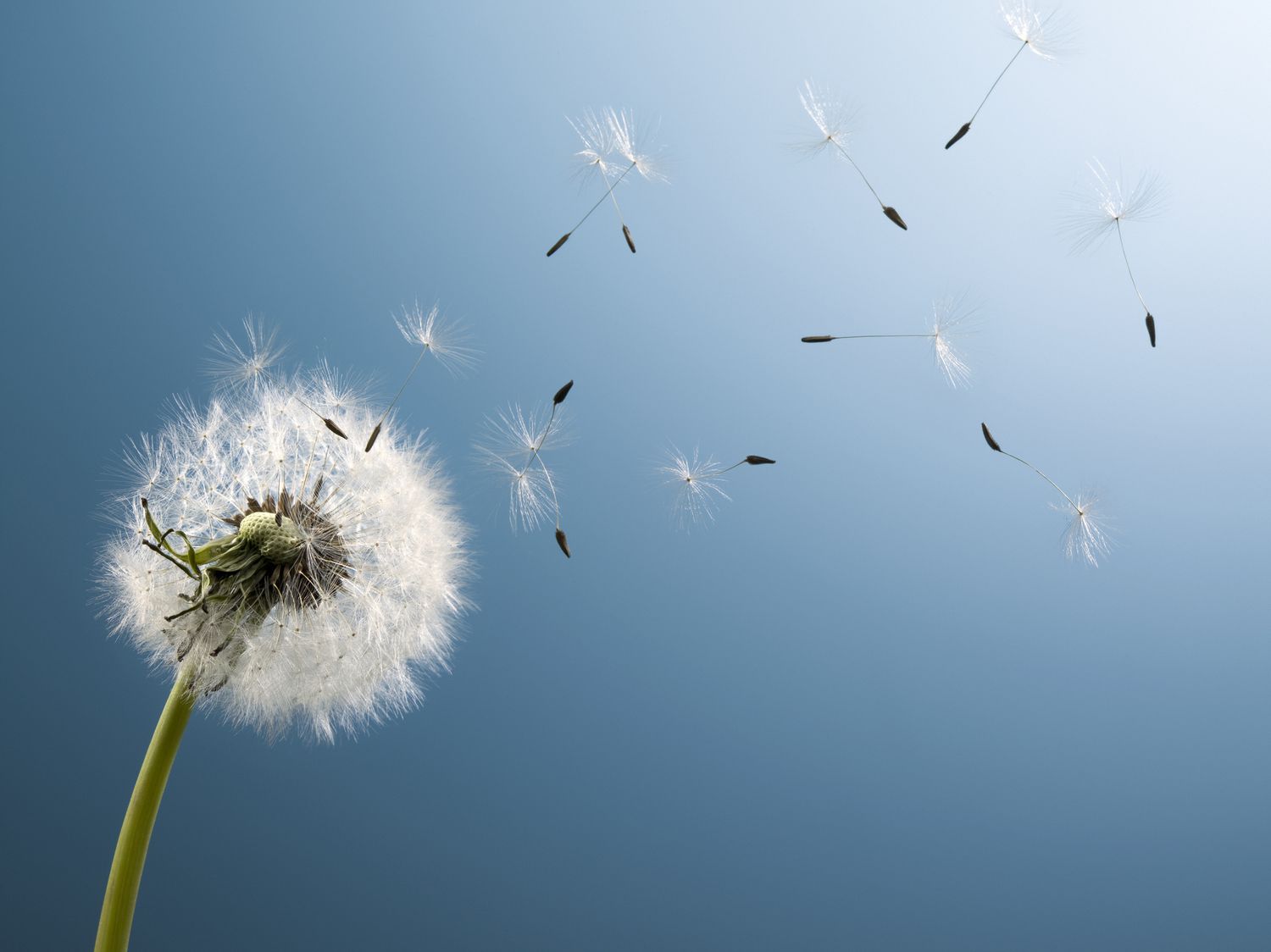
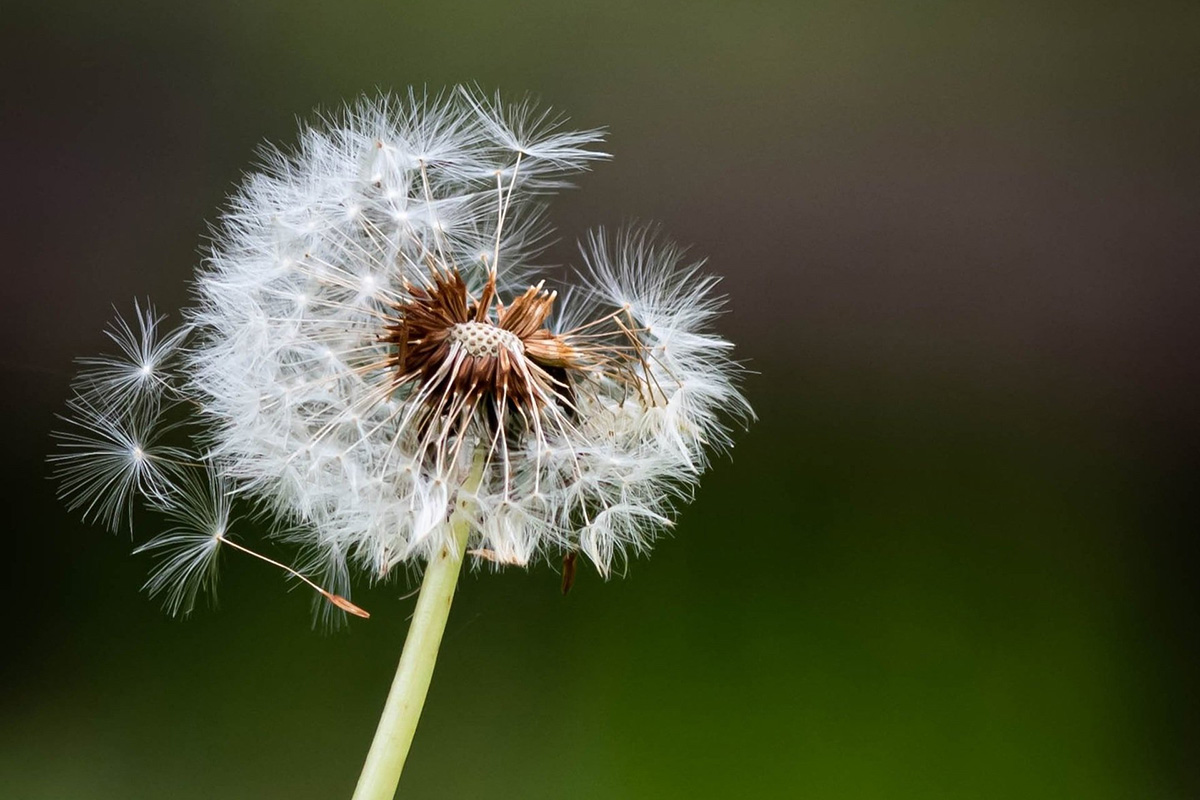
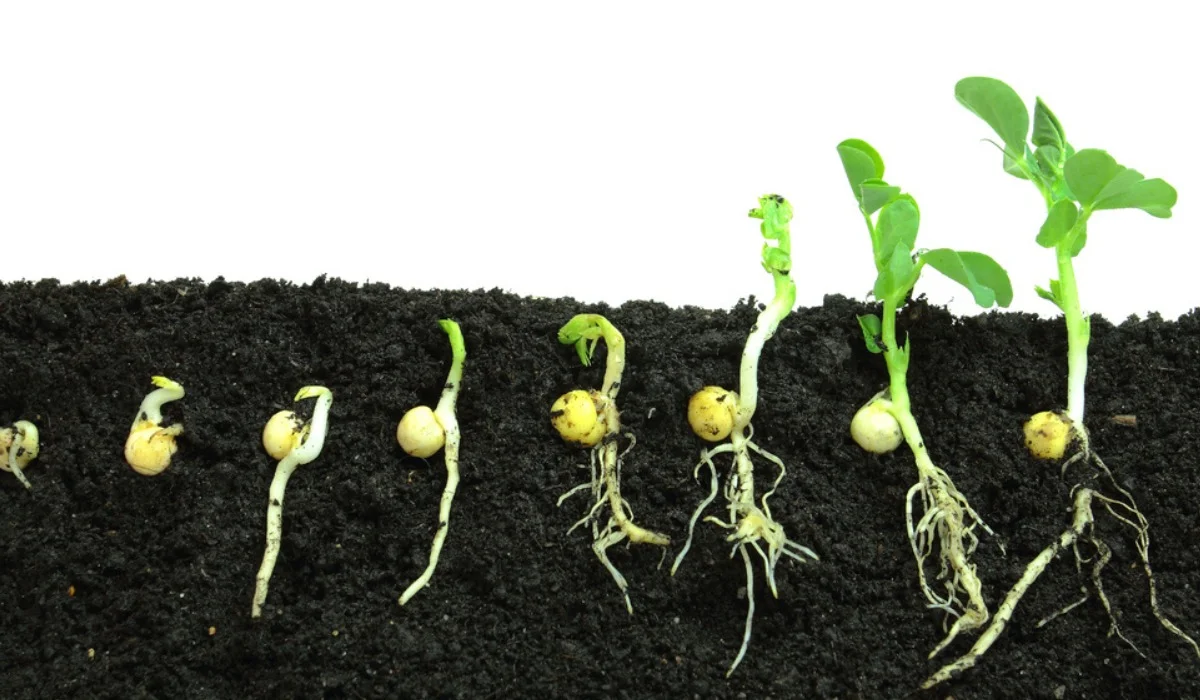
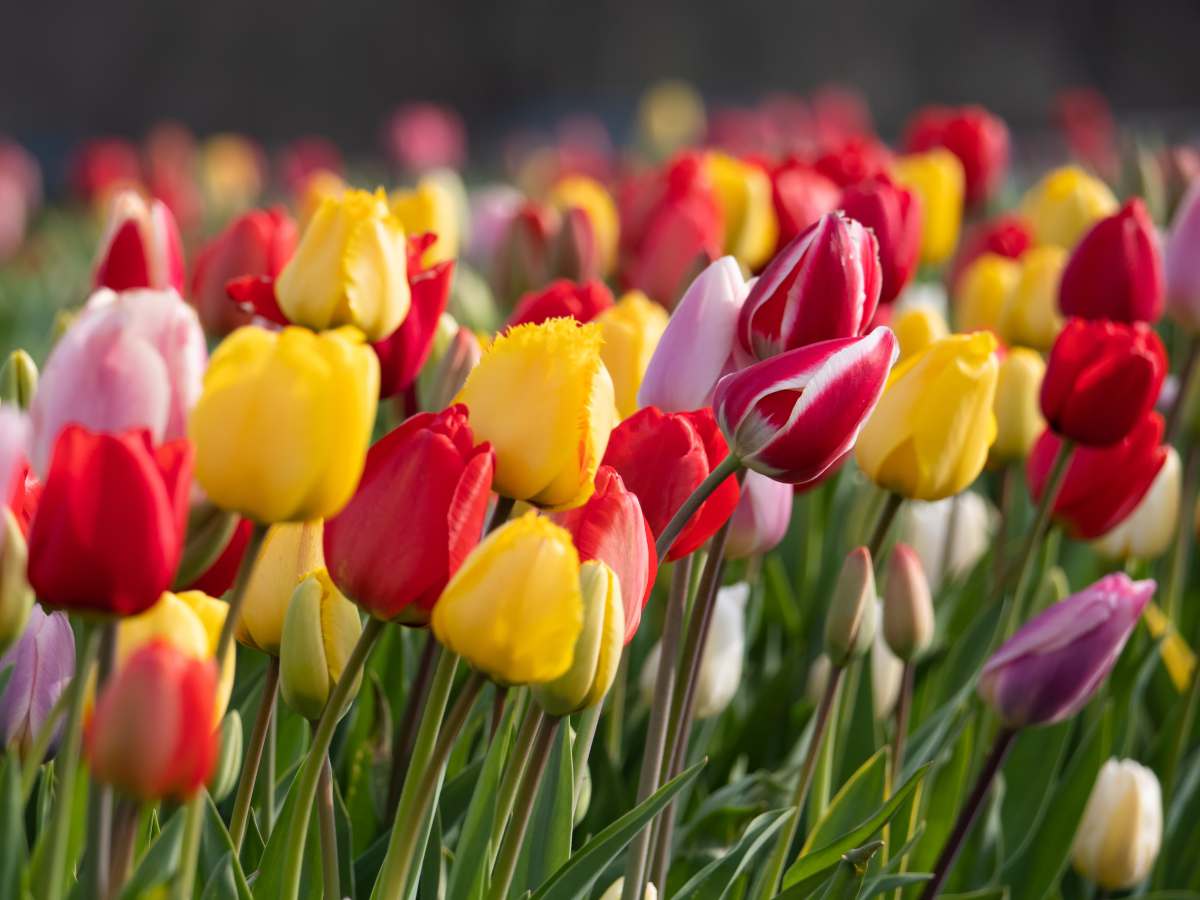
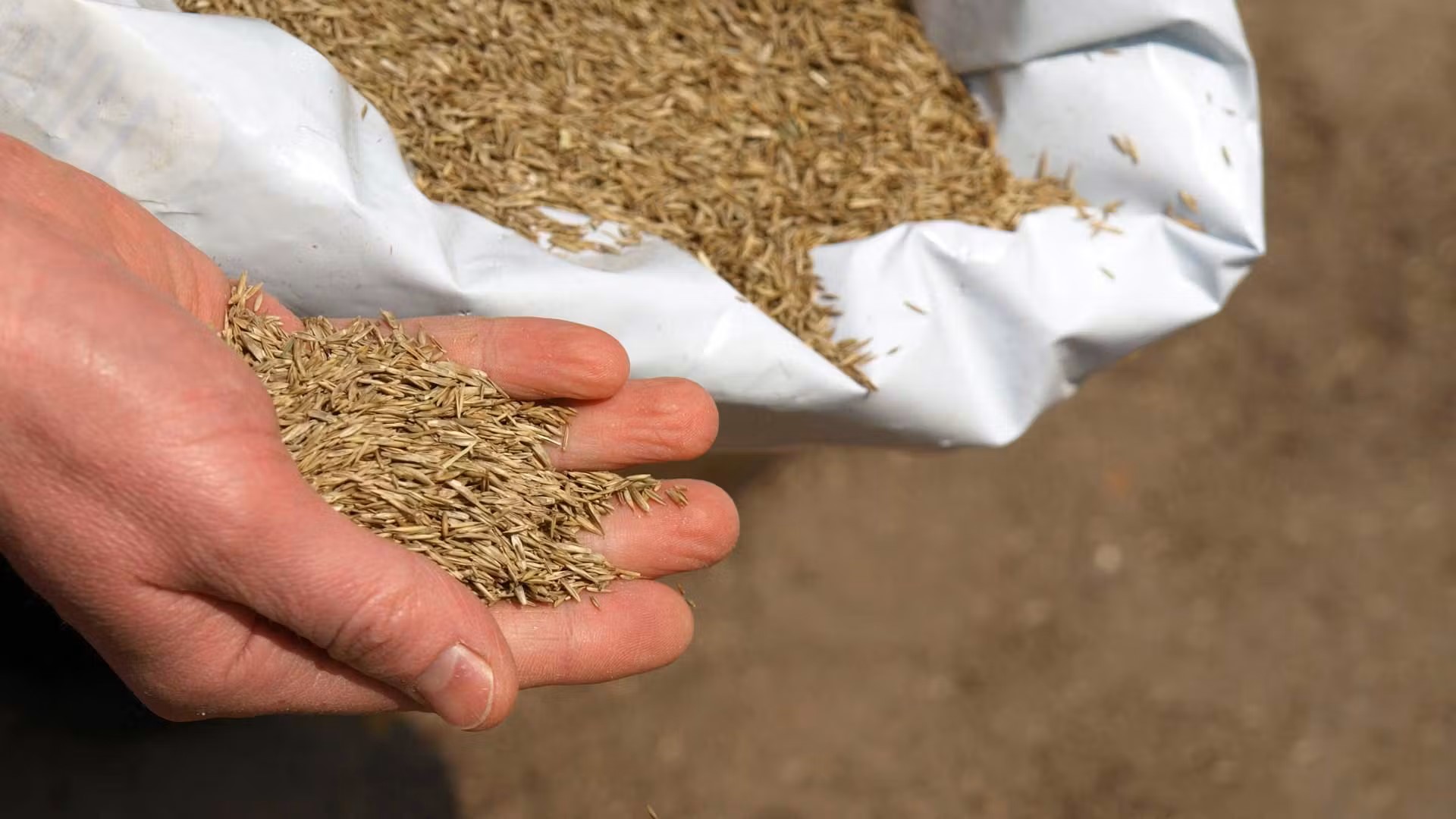
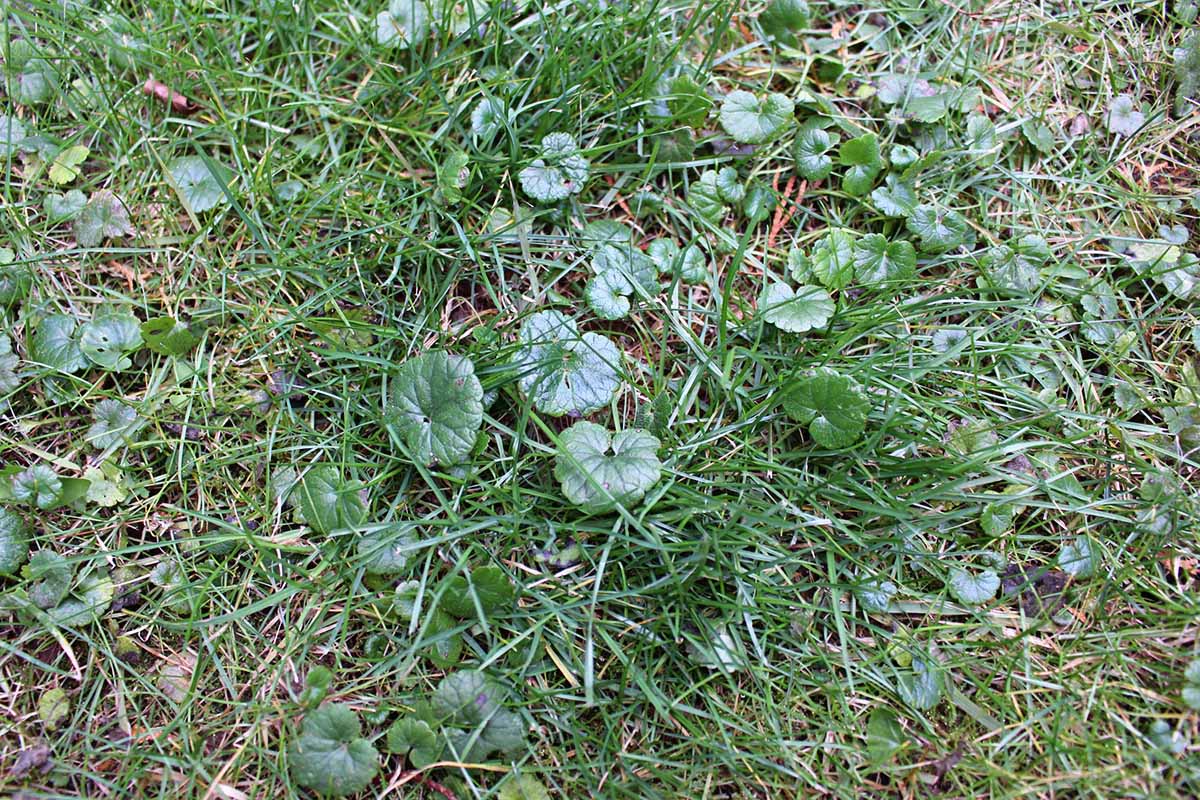
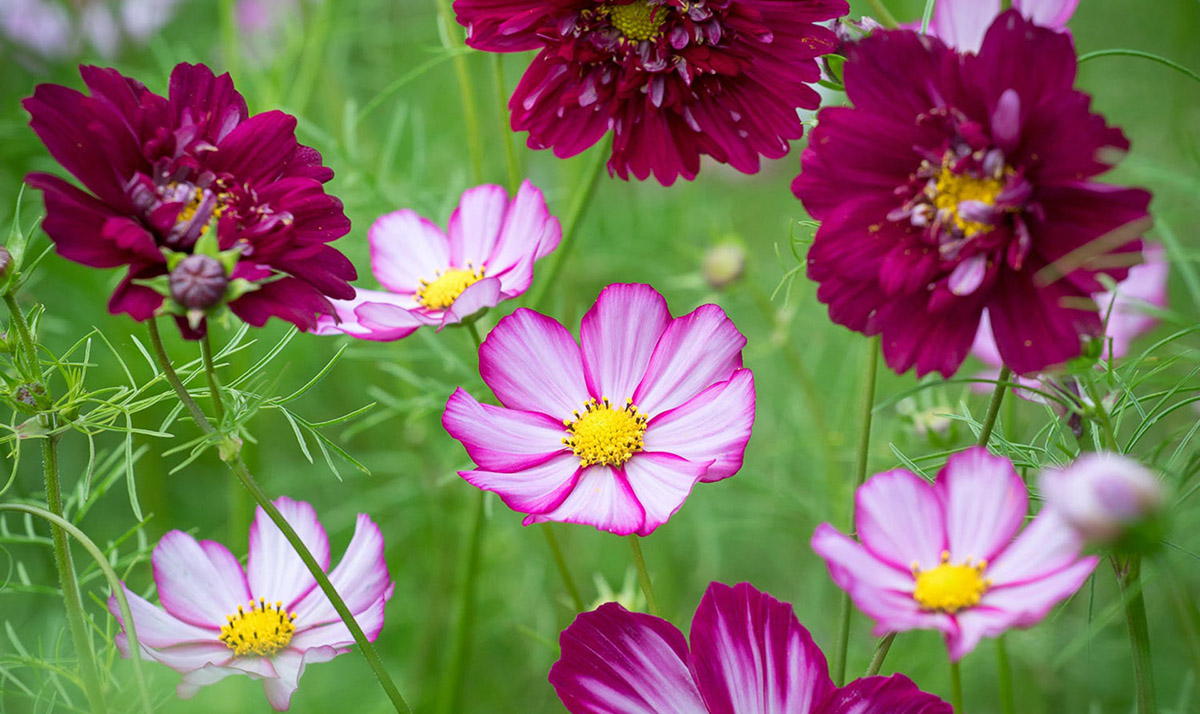
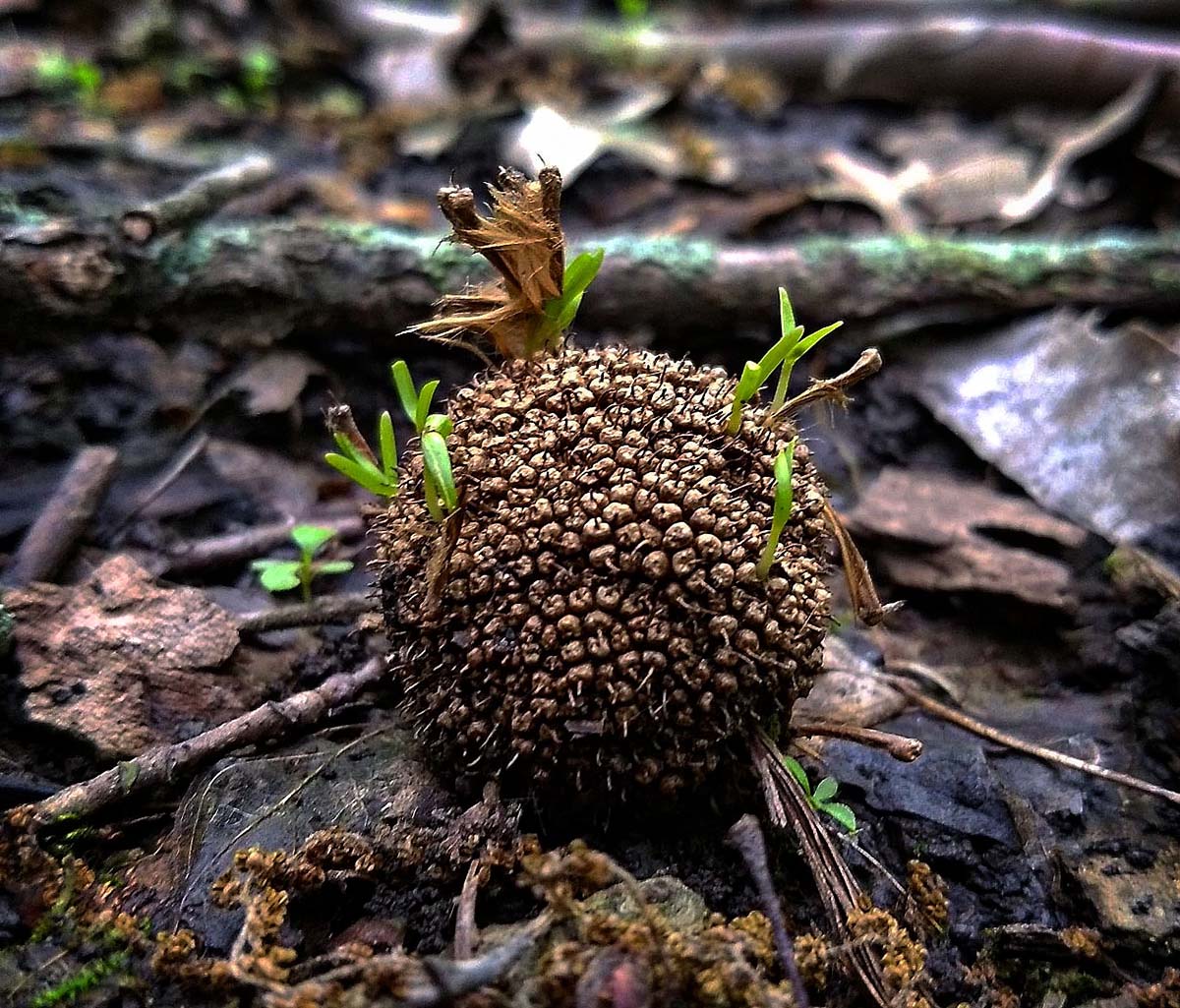
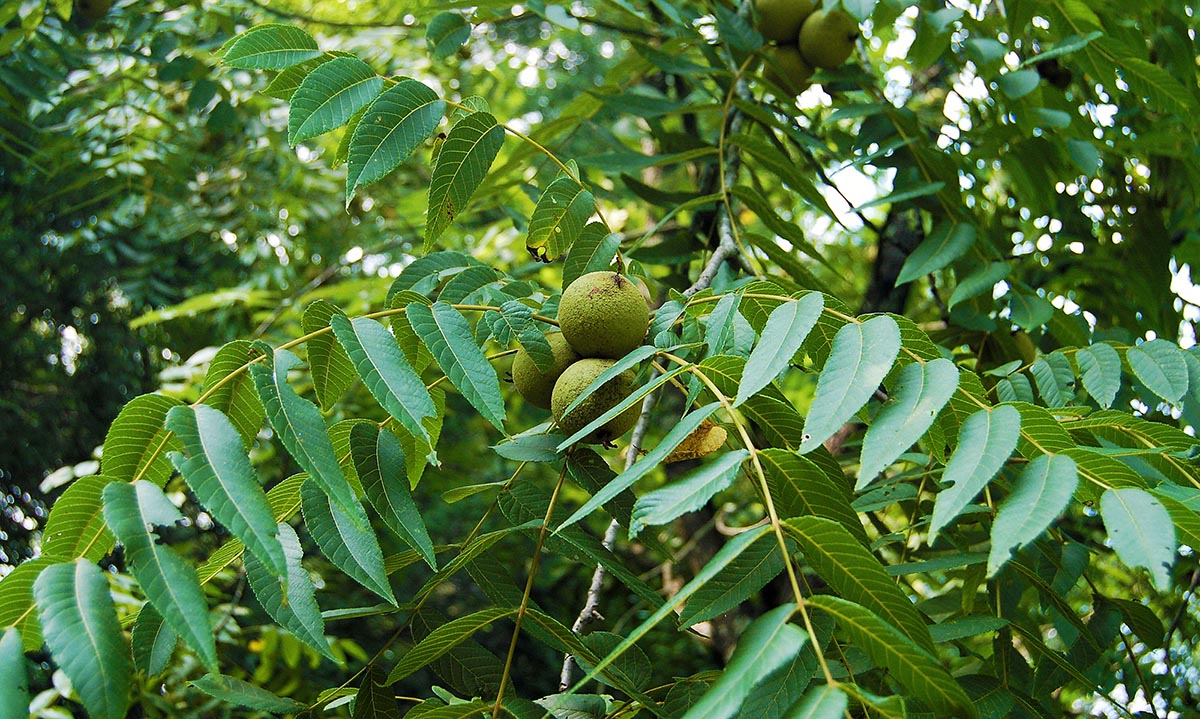
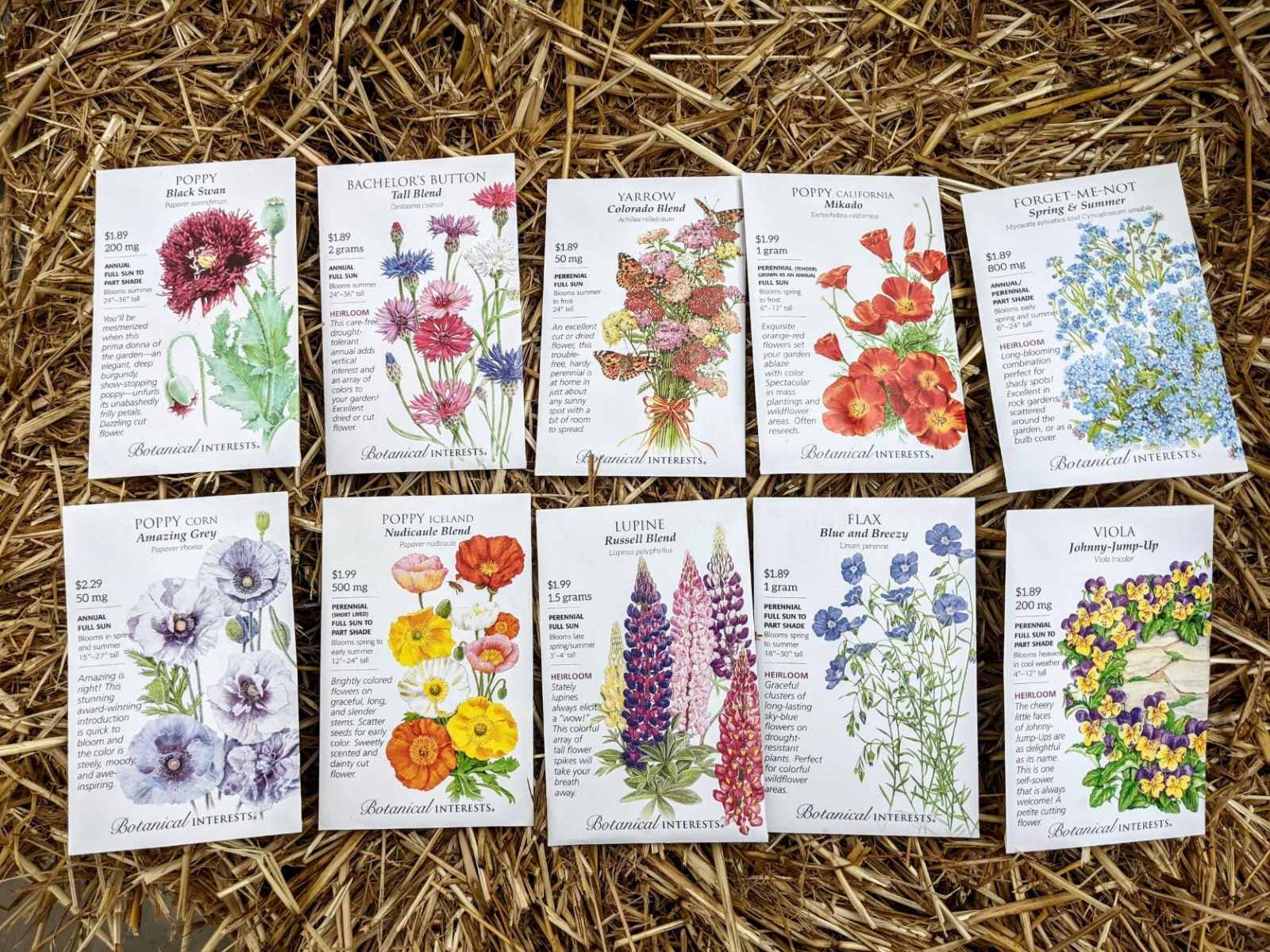
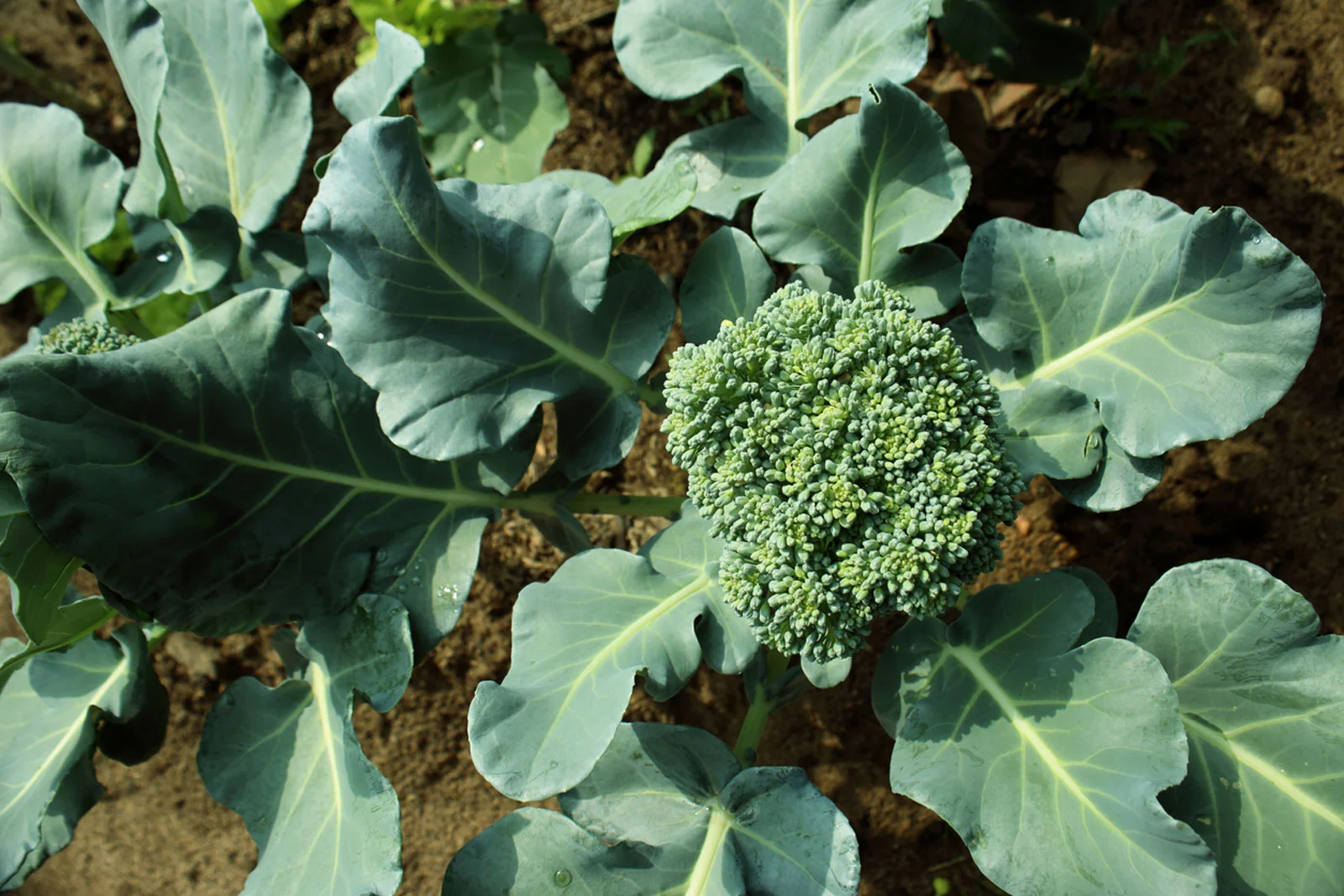
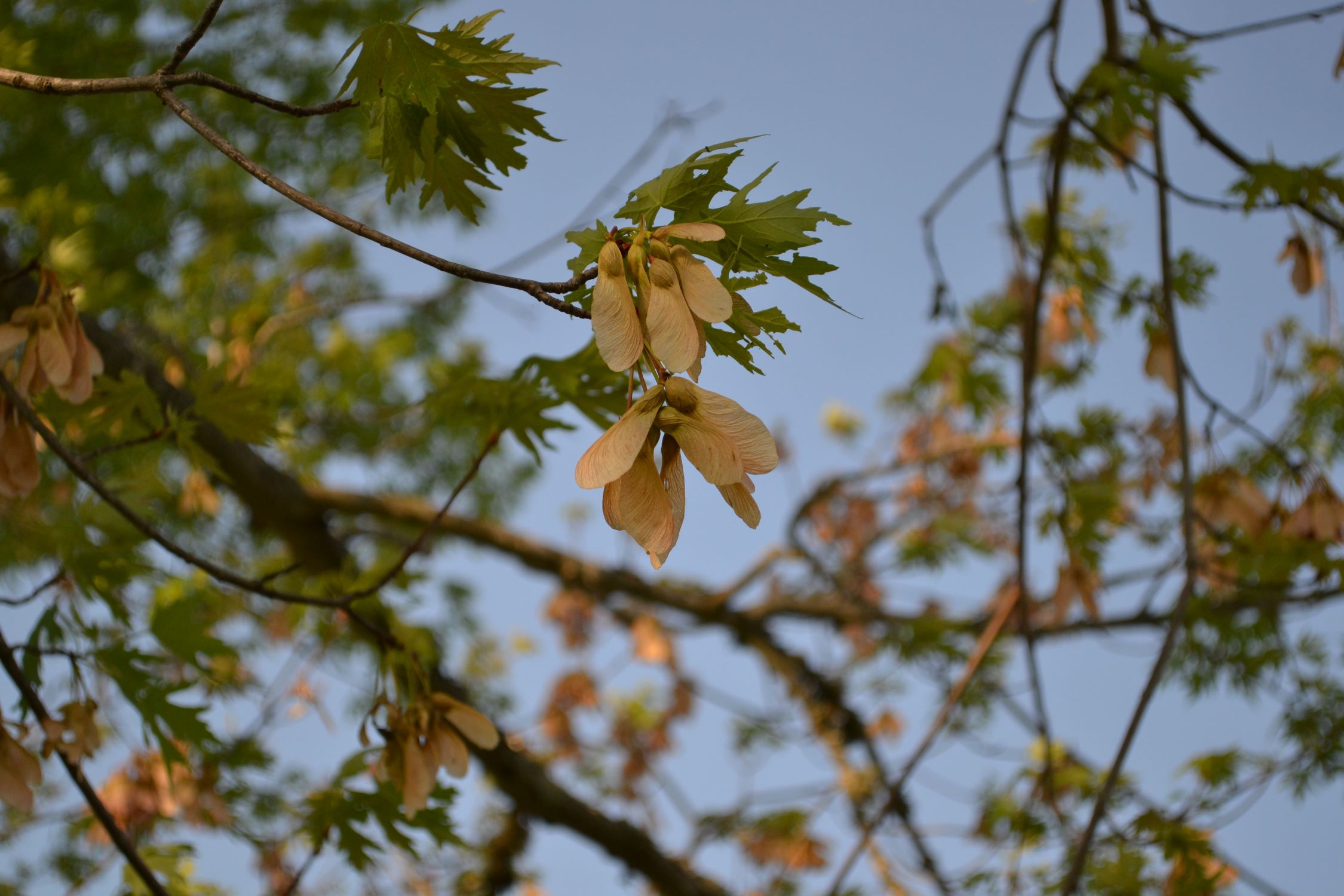
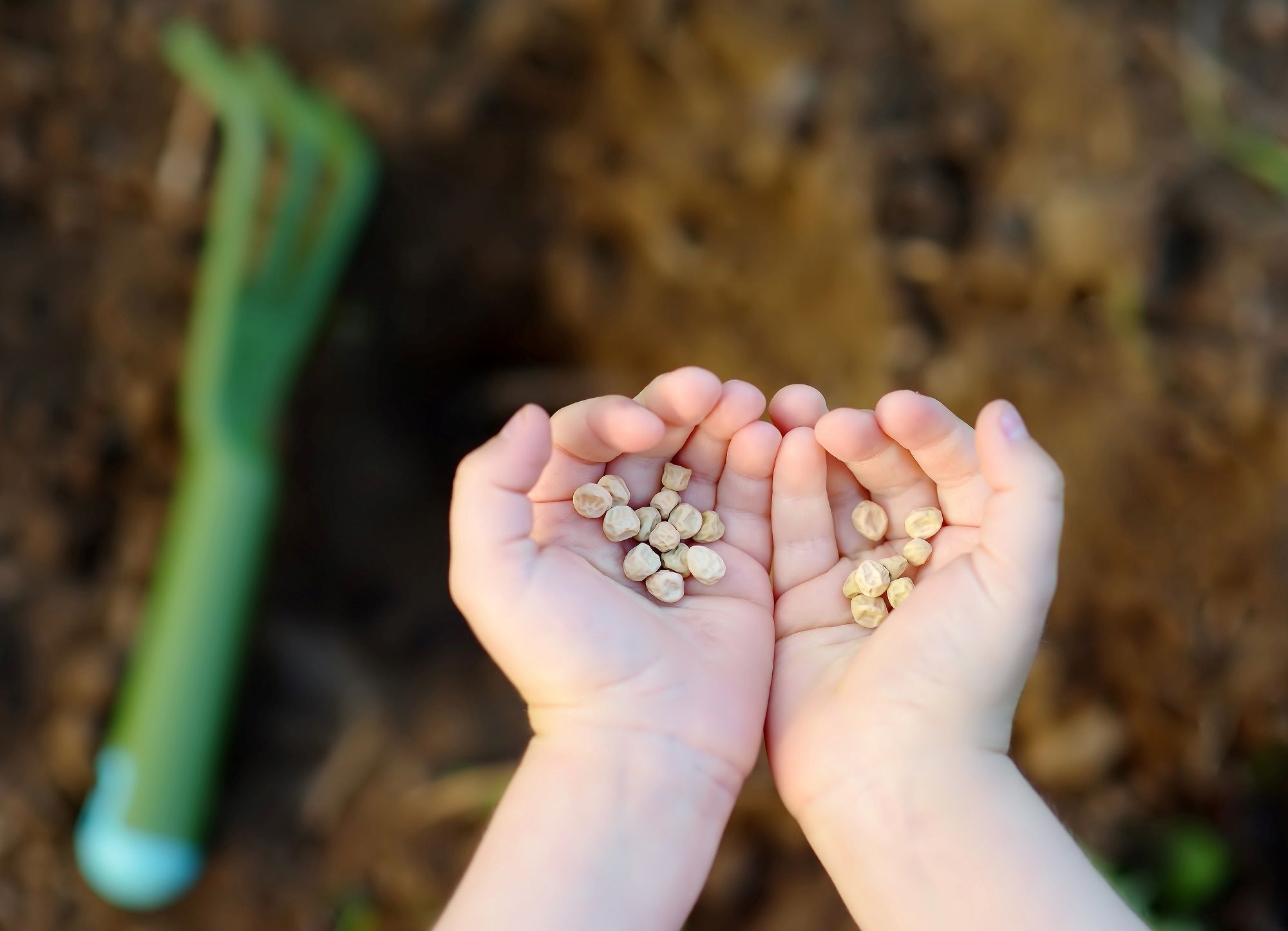

0 thoughts on “When Do Dandelions Seed”